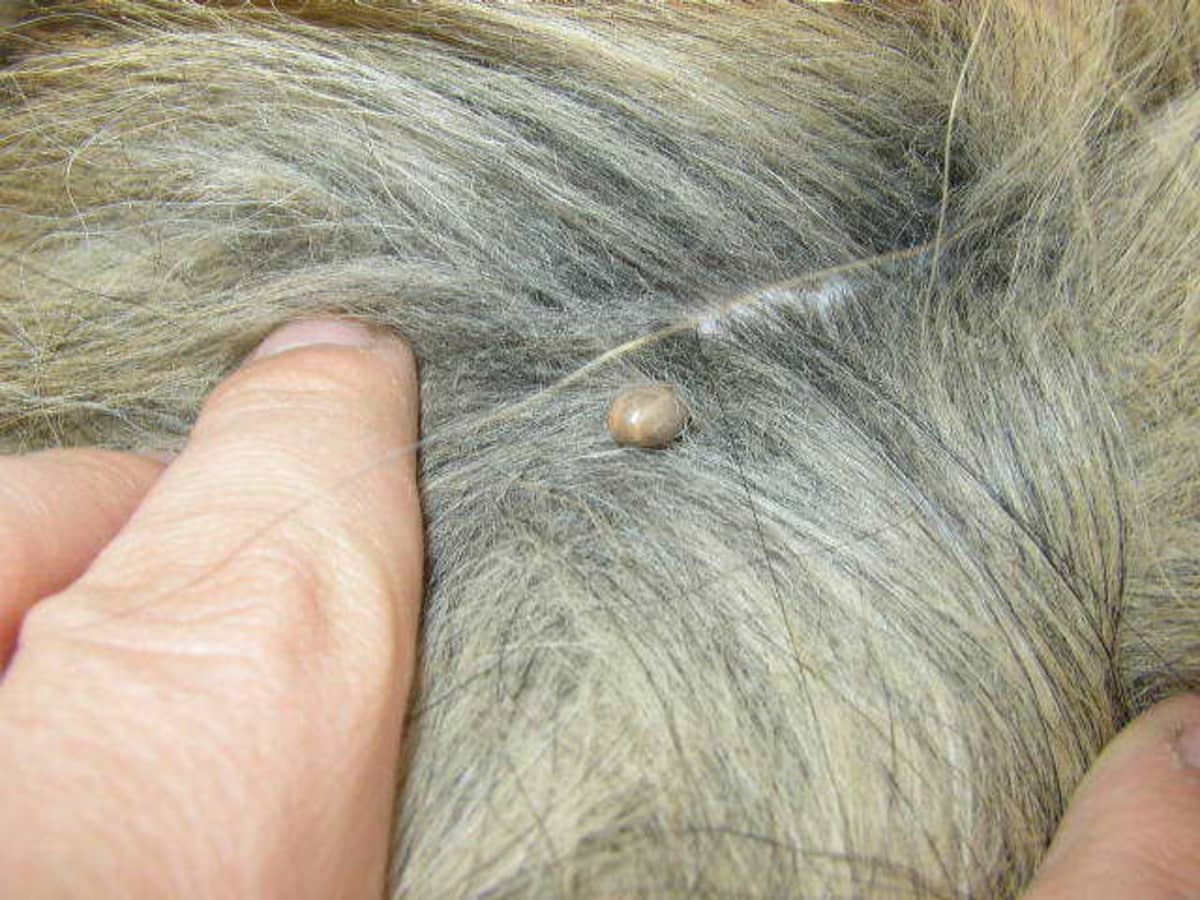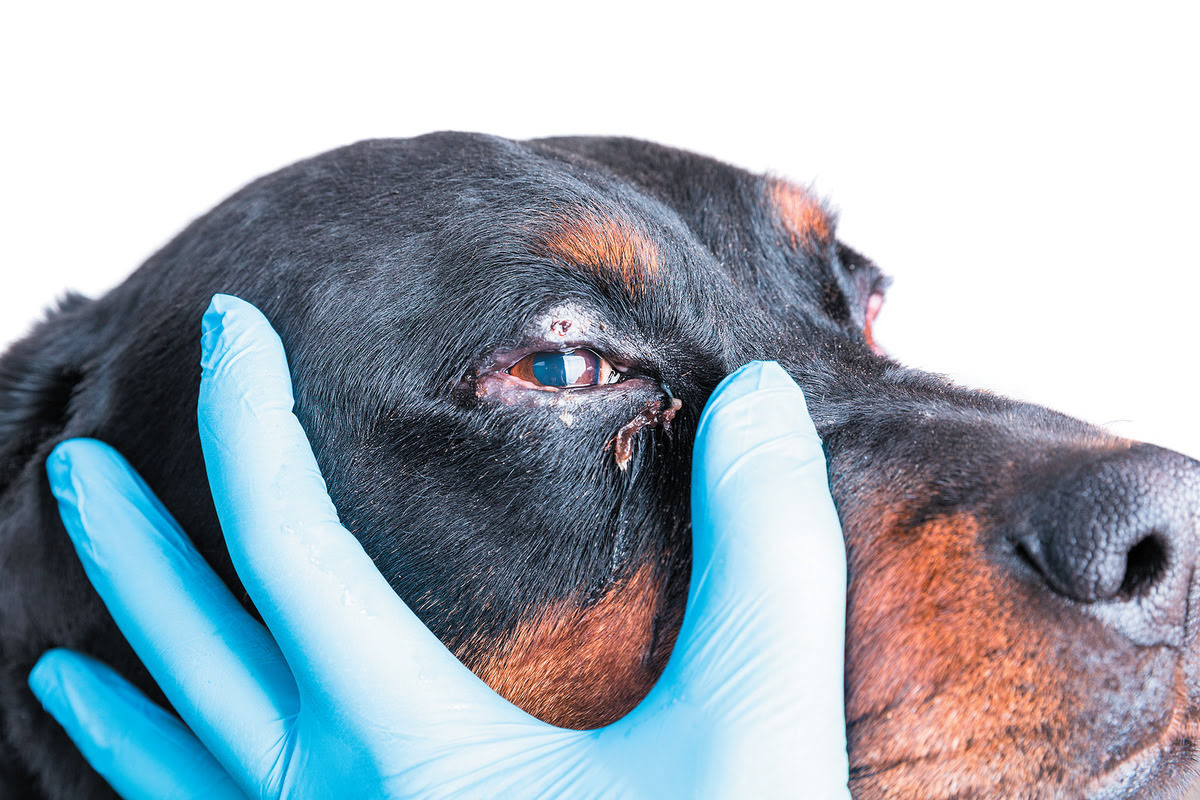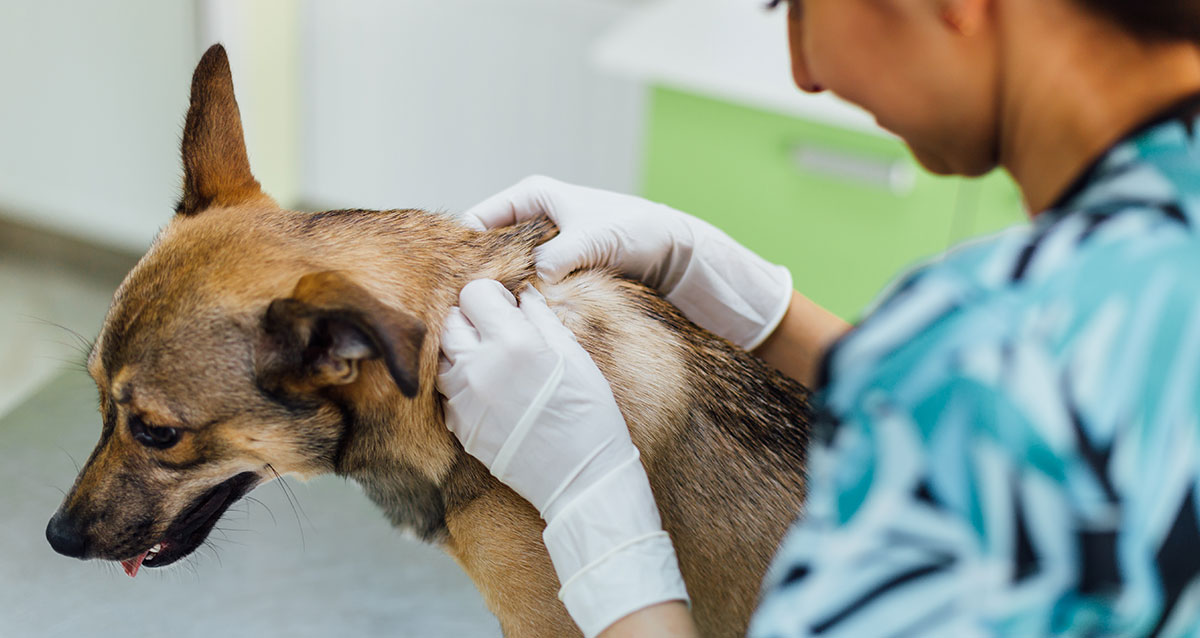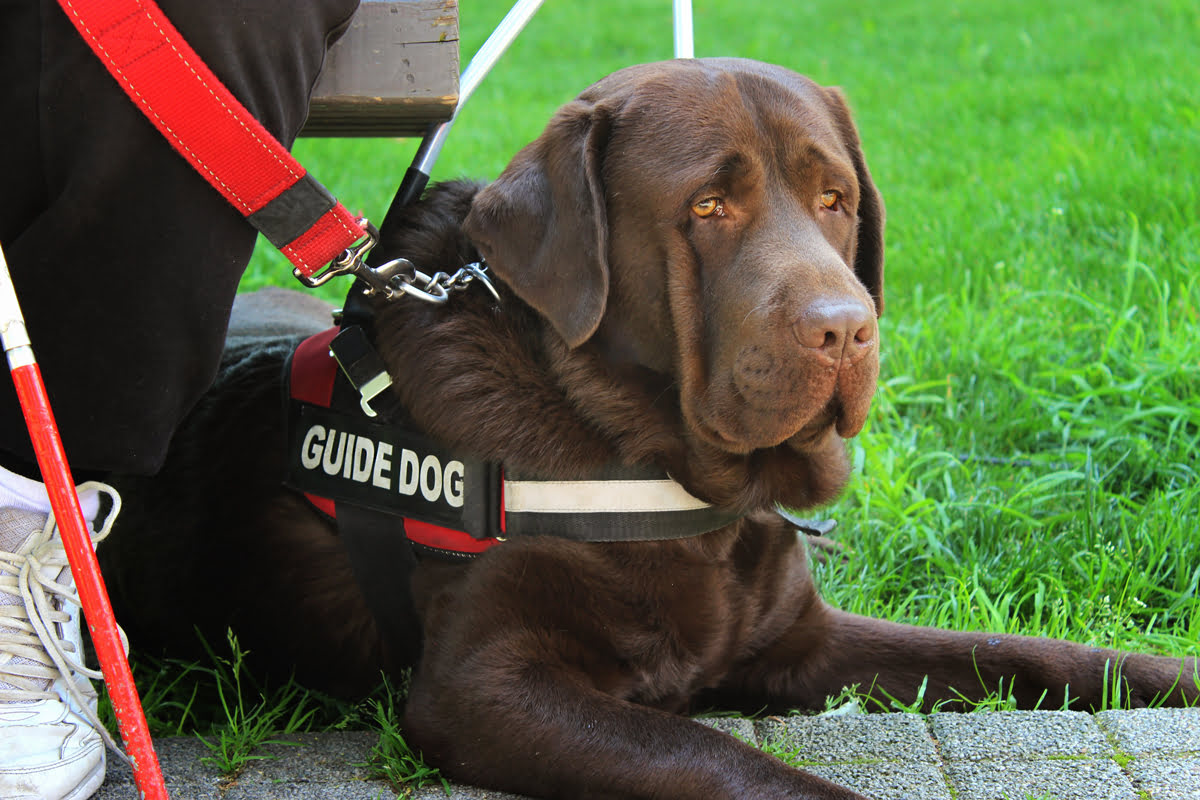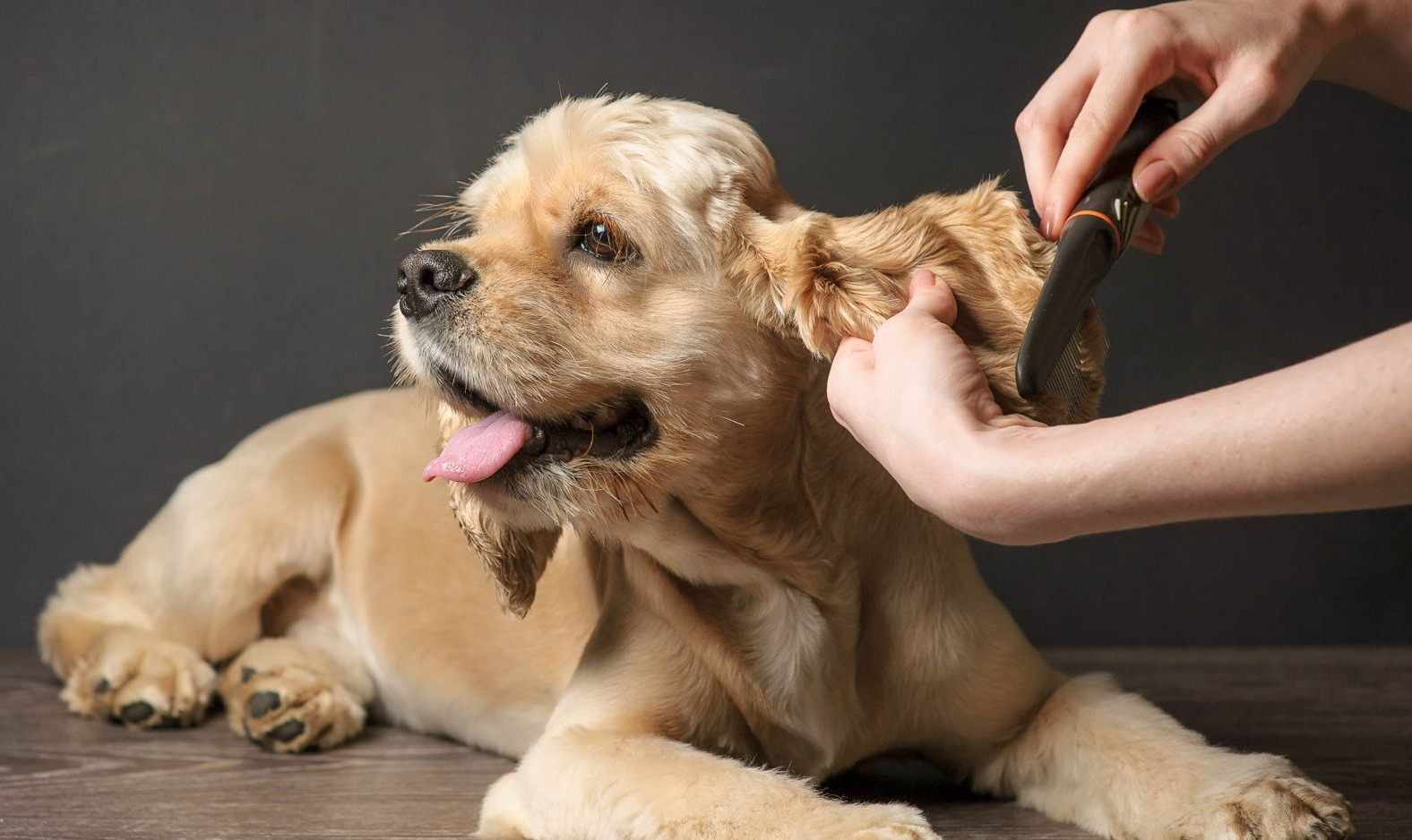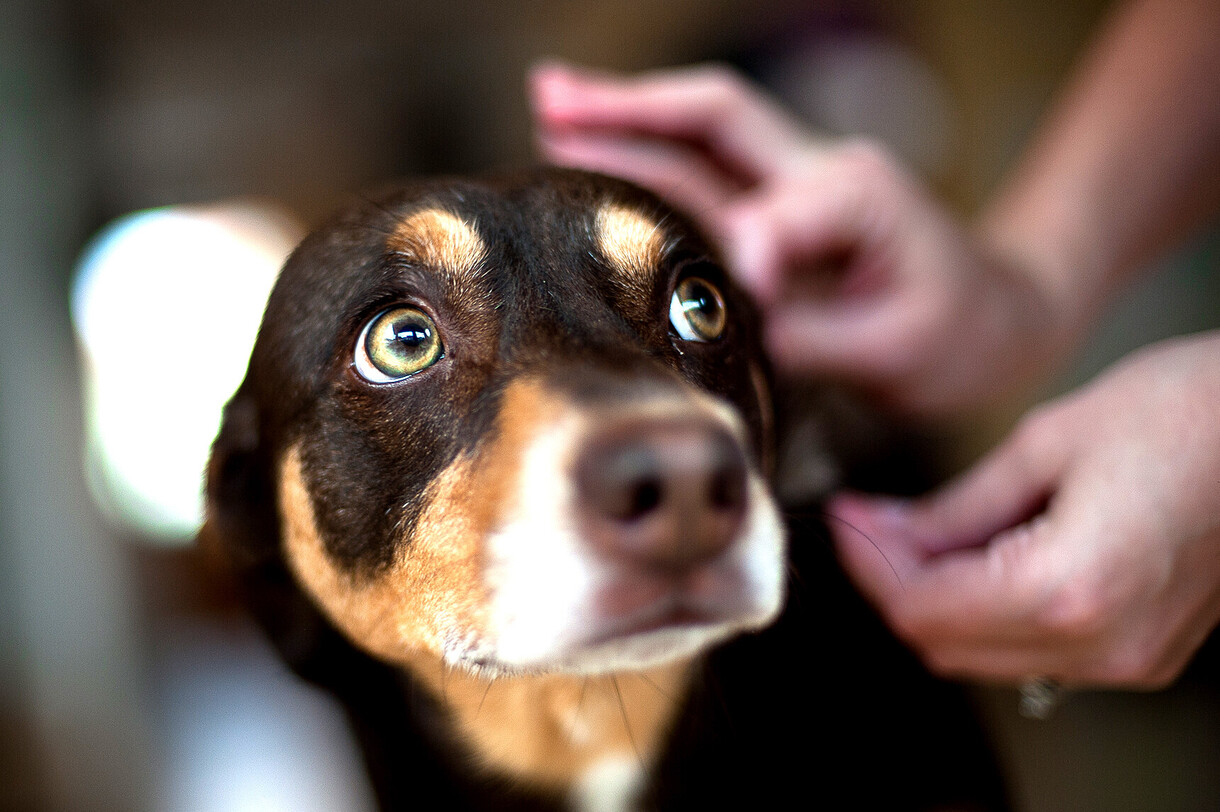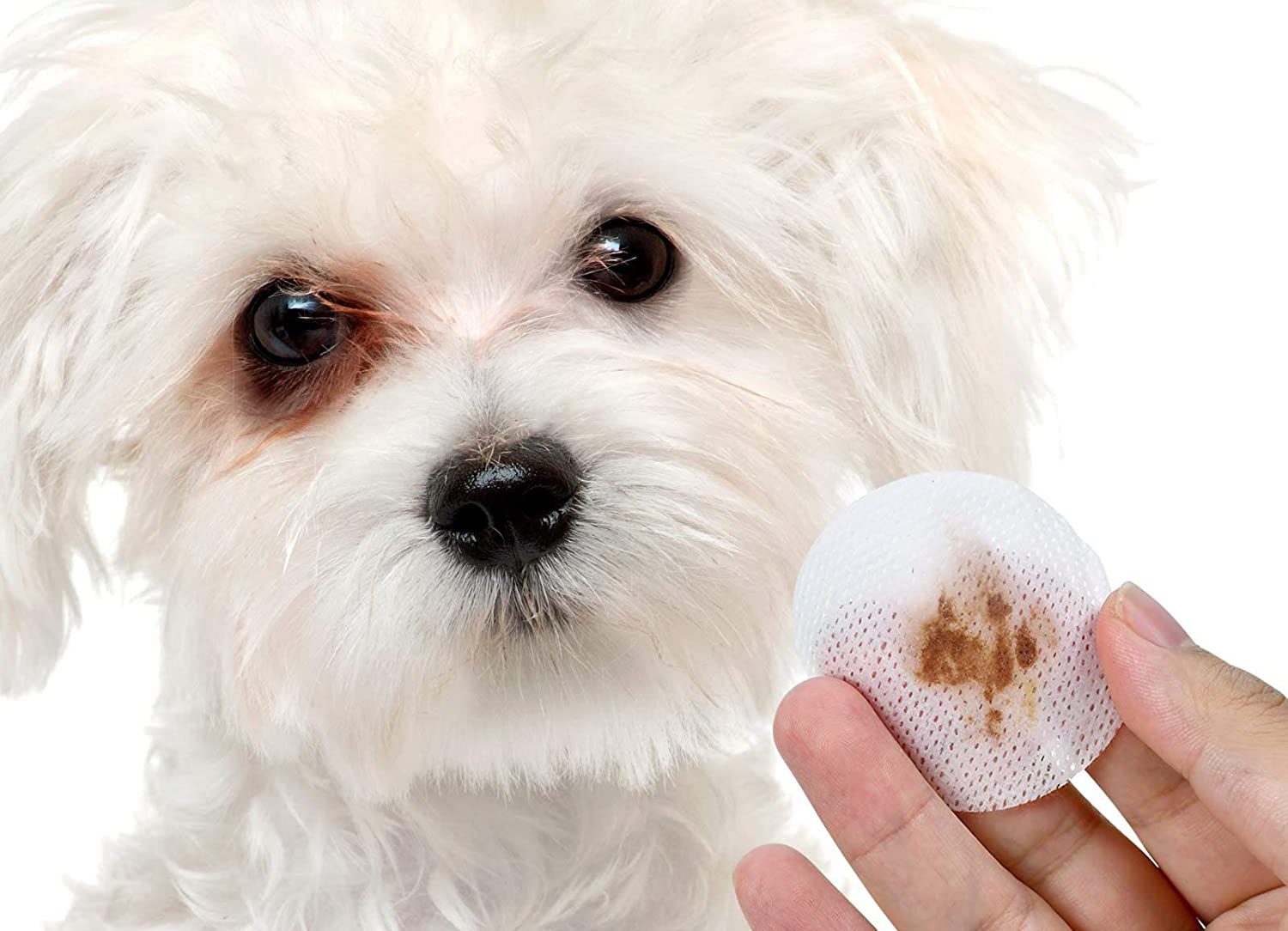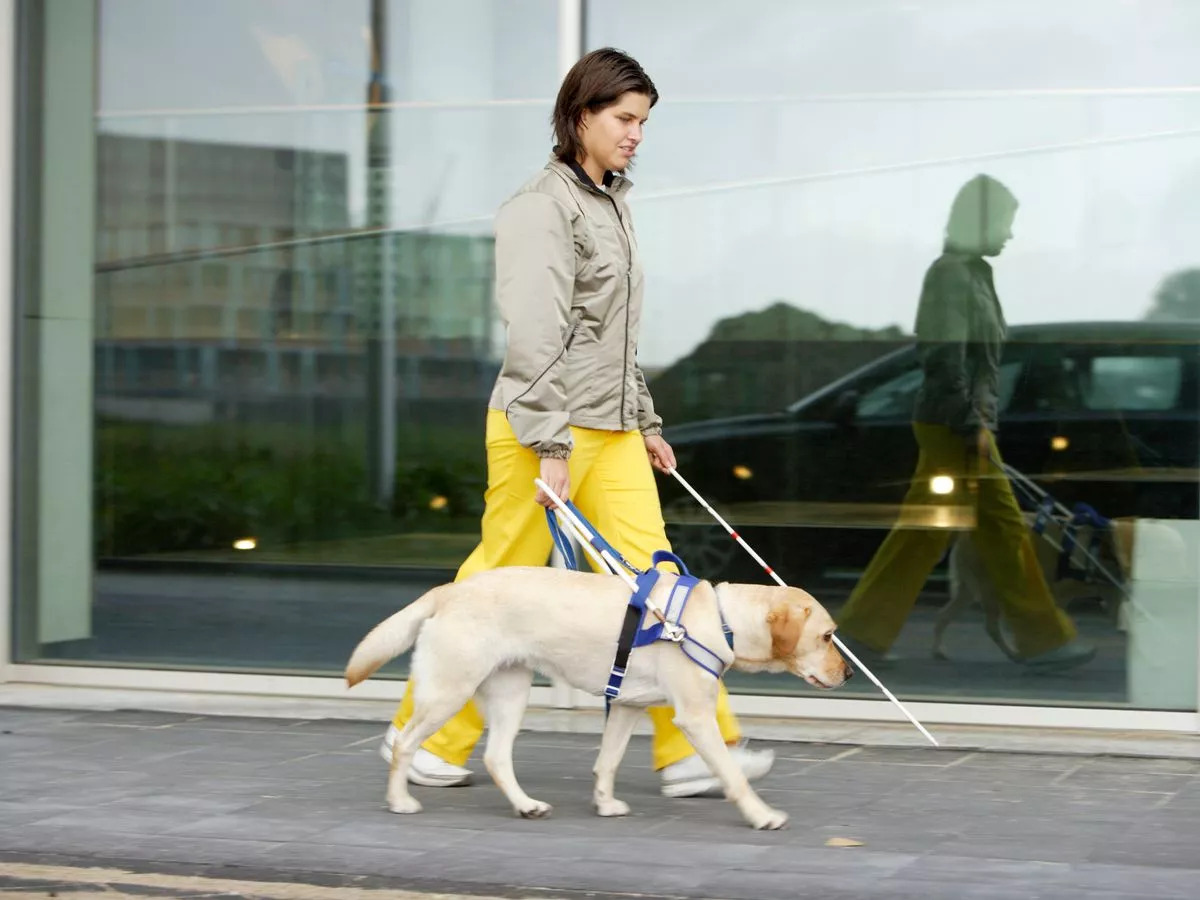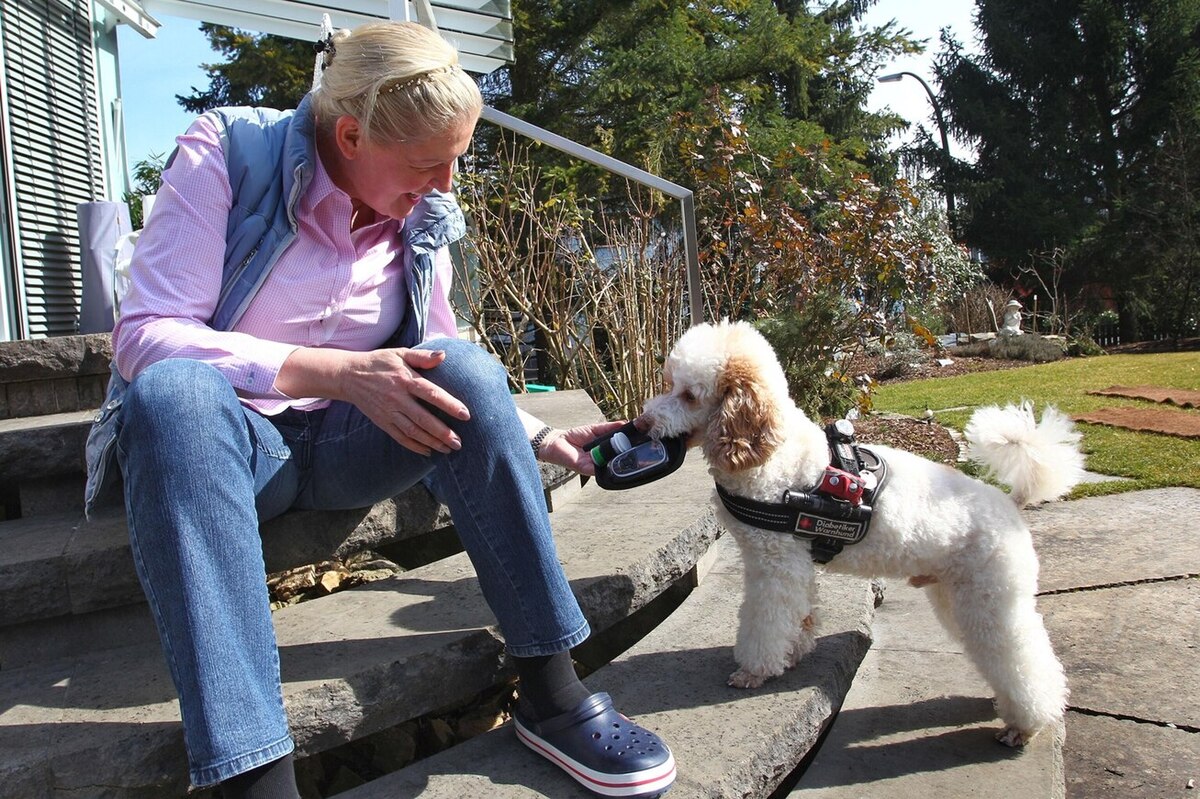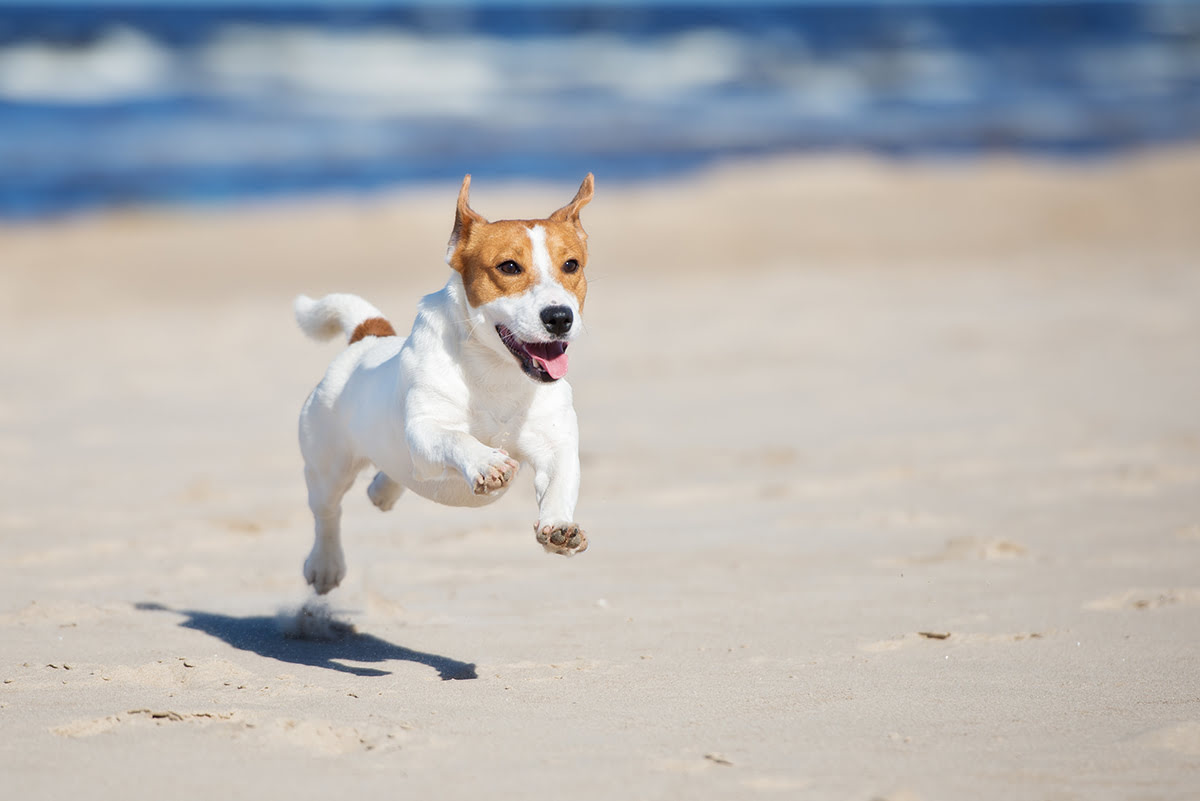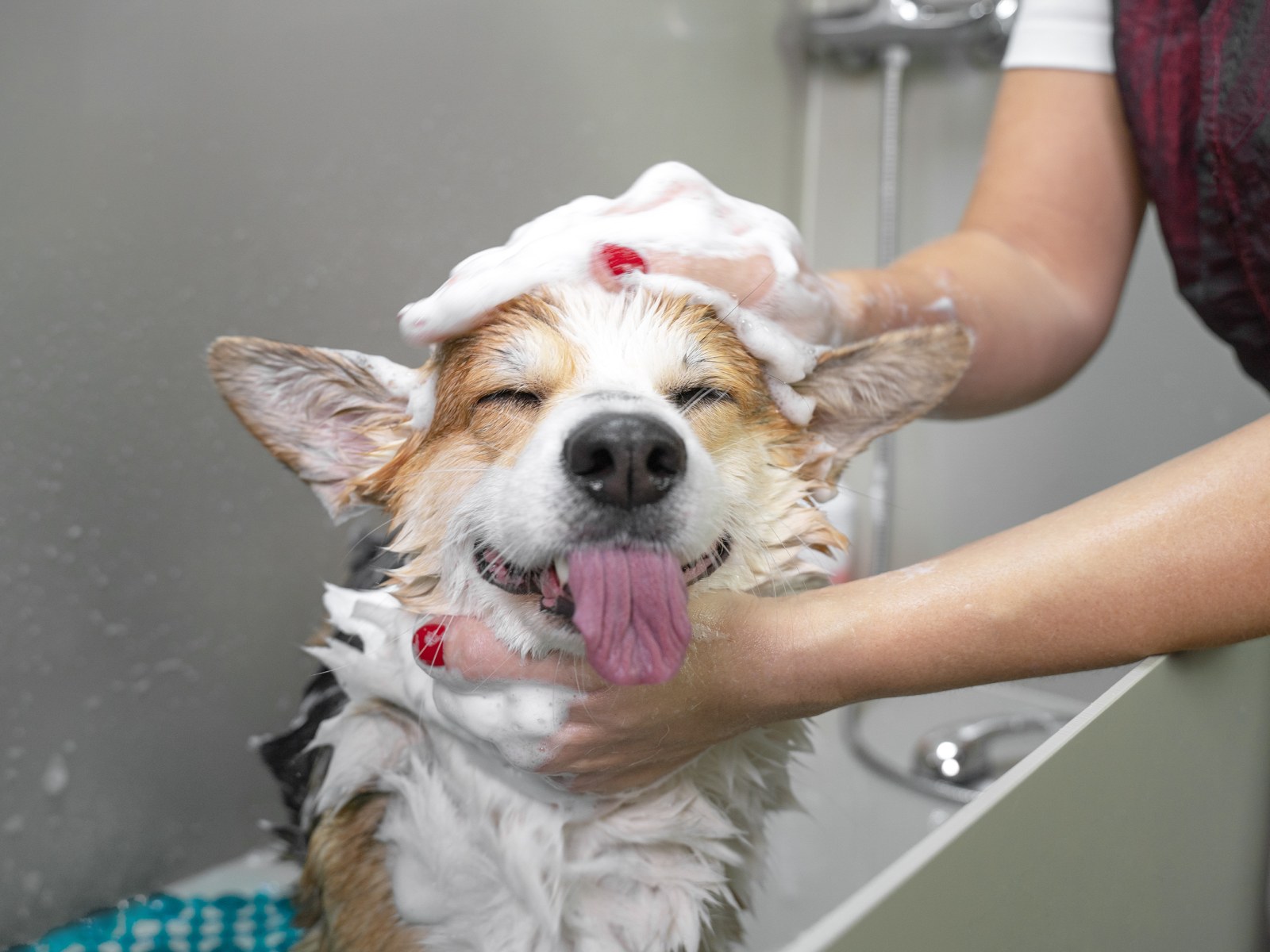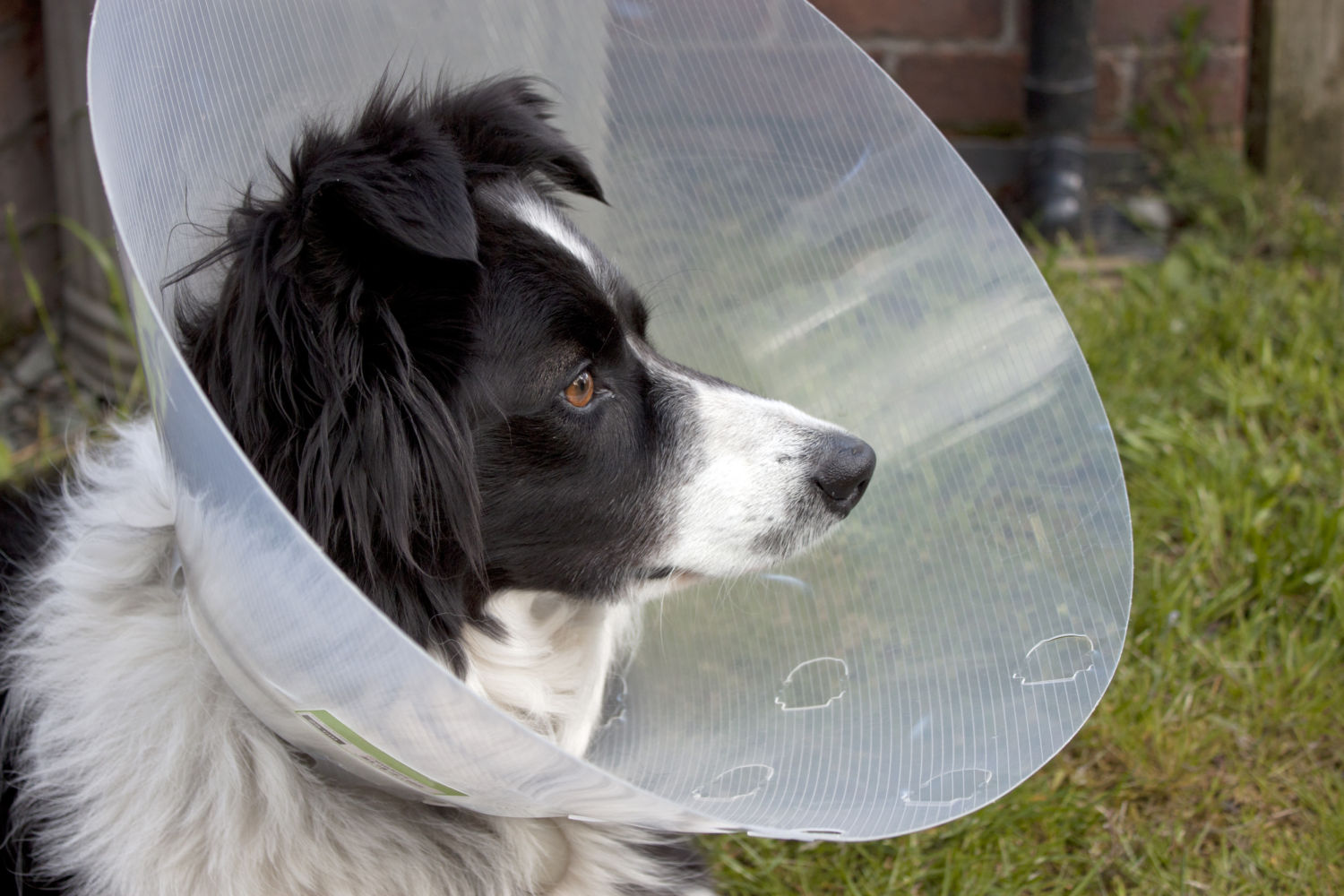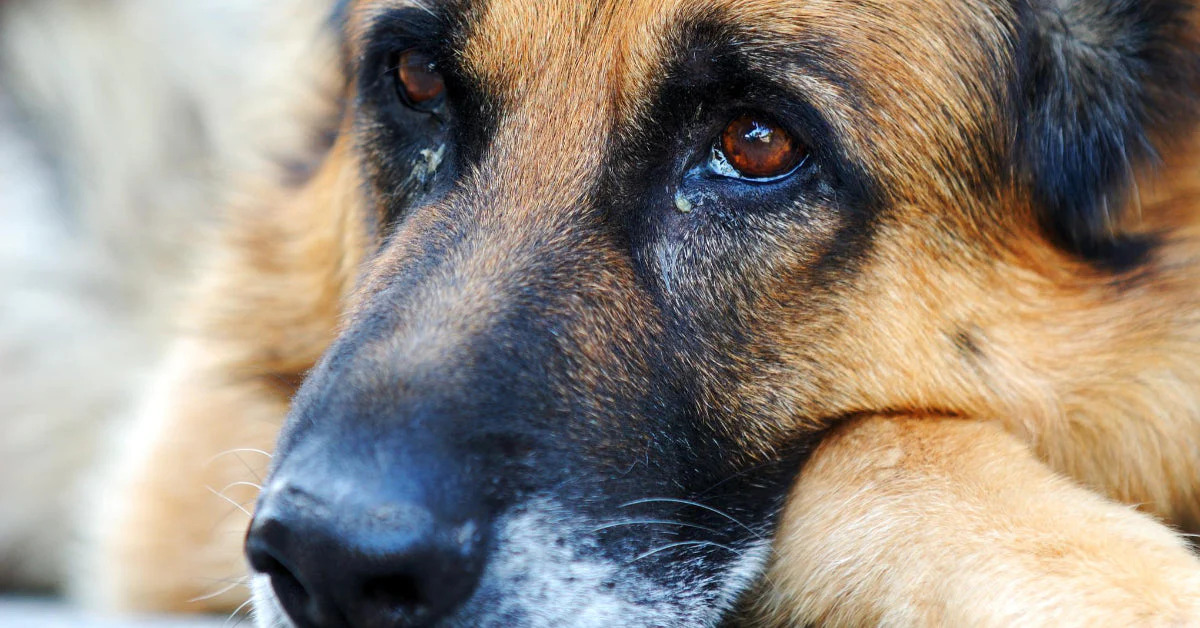Home>Health & Wellness>Common Health Issues>Eye and Ear Health>How To Get Sand Out Of Dog’s Eye
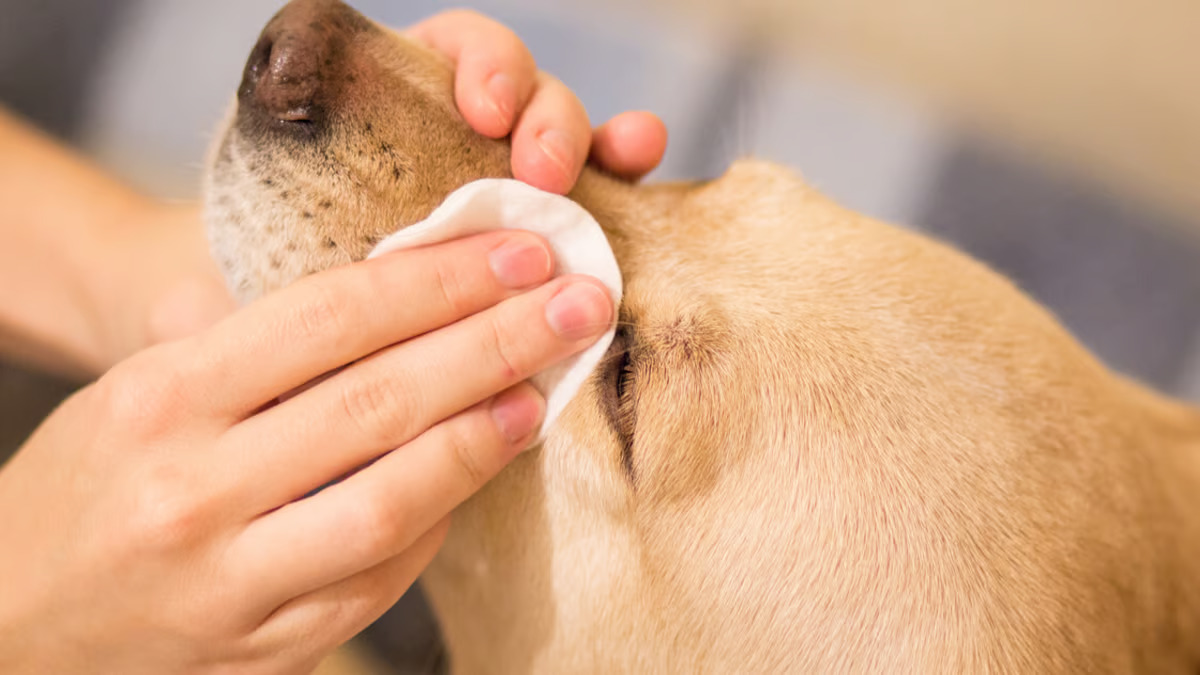

Eye and Ear Health
How To Get Sand Out Of Dog’s Eye
Published: February 12, 2024
Learn effective ways to remove sand from your dog's eye and maintain their eye and ear health. Expert tips and techniques for a happy, healthy pup.
(Many of the links in this article redirect to a specific reviewed product. Your purchase of these products through affiliate links helps to generate commission for Pawsomeoldies.com, at no extra cost. Learn more)
Table of Contents
Introduction
As a loving dog owner, it's essential to be prepared for unexpected situations that may arise, including the discomfort caused by sand in your furry friend's eye. Just like humans, dogs can experience irritation and discomfort when sand or debris gets lodged in their eyes. This can lead to excessive blinking, redness, and even pawing at the affected eye. While it's a common occurrence, it's crucial to address this issue promptly to prevent further discomfort and potential complications for your canine companion.
In this comprehensive guide, we'll delve into the steps you can take to safely remove sand from your dog's eye, as well as preventive measures to minimize the risk of future incidents. By understanding the problem and learning how to provide immediate relief, you'll be better equipped to ensure your dog's eye health and overall well-being. Let's embark on this journey to equip you with the knowledge and skills needed to care for your dog's eyes with confidence and compassion.
Read more: How To Get A Worm Out Of A Dog’s Eye
Understanding the problem
When sand or debris enters a dog's eye, it can lead to significant discomfort and distress for your furry companion. Dogs are naturally curious and often explore their surroundings with unbridled enthusiasm, which can inadvertently expose them to foreign particles. The presence of sand in a dog's eye can cause irritation, redness, and excessive blinking as the eye attempts to rid itself of the intruder. Additionally, your dog may paw at the affected eye in an attempt to alleviate the discomfort, further exacerbating the situation.
The delicate nature of a dog's eye makes it susceptible to damage when foreign objects, such as sand, become lodged in the eye. The cornea, the transparent outer layer of the eye, is particularly vulnerable to abrasions from abrasive particles like sand. If not addressed promptly, this can lead to corneal abrasions or ulcers, which may result in pain, infection, and impaired vision for your beloved pet.
It's important to recognize the signs of discomfort in your dog, such as squinting, tearing, or avoiding bright light, as these may indicate the presence of sand or debris in the eye. Understanding the problem involves being attentive to your dog's behavior and promptly addressing any signs of eye irritation to prevent further complications.
By gaining insight into the potential consequences of sand in your dog's eye, you can appreciate the urgency of addressing this issue effectively. With this understanding, you can proceed to take the necessary steps to provide relief and ensure the well-being of your canine companion.
Steps to safely remove sand from your dog's eye
-
Create a Calm Environment: Begin by ensuring that your dog is in a calm and relaxed state. Find a quiet and comfortable area where you can gently restrain your dog, if necessary, to prevent sudden movements that could exacerbate the situation.
-
Gently Examine the Eye: Carefully lift your dog's eyelids to get a clear view of the affected eye. Use a gentle touch to avoid causing further discomfort. Look for any visible sand or debris that may be lodged in the eye or along the eyelids.
-
Flush the Eye with Saline Solution: Using a sterile saline solution specifically formulated for eye irrigation, gently flush the affected eye to help dislodge the sand particles. You can do this by using a clean dropper or a saline-soaked cotton ball to administer the solution.
-
Encourage Blinking: After flushing the eye, encourage your dog to blink by softly blowing air toward the eye. This natural blinking reflex can help dislodge any remaining sand particles from the eye's surface.
-
Seek Assistance if Necessary: If the sand does not dislodge easily or if your dog continues to exhibit signs of discomfort, it's essential to seek professional veterinary assistance. A veterinarian can conduct a thorough examination and provide specialized care to address any underlying issues.
-
Monitor for Improvement: After the initial intervention, observe your dog for any signs of improvement. If the eye appears to be more comfortable and there are no lingering symptoms of irritation, your intervention has likely been successful.
-
Provide Comfort and Rest: Following the removal of the sand from your dog's eye, ensure that your furry friend has a comfortable and quiet space to rest. Minimize activities that could potentially expose the eye to further irritation or debris.
-
Follow-Up Care: Keep a close eye on your dog's recovery and monitor the affected eye for any signs of infection or persistent discomfort. If you notice any concerning symptoms, seek prompt veterinary attention to ensure the ongoing health of your dog's eye.
By following these steps with care and attentiveness, you can effectively remove sand from your dog's eye while minimizing stress and discomfort for your beloved pet. Remember, patience and gentle handling are key to ensuring a successful and safe intervention for your dog's eye health.
Preventing future incidents
Preventing future incidents of sand or debris getting into your dog's eye is essential for maintaining their ocular health and overall well-being. By implementing proactive measures and creating a safe environment for your canine companion, you can significantly reduce the risk of eye irritation and discomfort. Here are several strategies to help prevent future incidents:
-
Supervise Outdoor Activities: When your dog is outdoors, whether at the beach, park, or in your backyard, it's crucial to supervise their activities closely. By keeping a watchful eye on your dog, you can promptly intervene if they come into contact with sand or other potential eye irritants.
-
Use Protective Eyewear: Consider using dog-specific protective eyewear, such as goggles designed for dogs, when engaging in activities that may expose your pet to airborne particles or debris. These goggles can provide a physical barrier to prevent sand from entering your dog's eyes while allowing them to enjoy outdoor adventures safely.
-
Regular Grooming and Hygiene: Maintaining your dog's fur and facial hygiene can contribute to preventing debris from reaching their eyes. Regular grooming, including trimming facial hair and keeping the area around the eyes clean, can minimize the likelihood of particles becoming trapped and causing irritation.
-
Avoid Windy Conditions: Be mindful of weather conditions, particularly strong winds, which can carry sand and other particles that may pose a risk to your dog's eyes. When possible, choose calmer days for outdoor activities to reduce the potential exposure to airborne irritants.
-
Provide Adequate Shelter: Whether your dog spends time in a backyard or outdoor enclosure, ensure that they have access to adequate shelter to seek refuge from windy or dusty conditions. Providing a sheltered area can help minimize the risk of eye irritation caused by environmental factors.
-
Regular Veterinary Check-ups: Schedule routine veterinary examinations to assess your dog's overall health, including their ocular well-being. A veterinarian can identify any underlying eye conditions and provide guidance on preventive measures tailored to your dog's specific needs.
By incorporating these preventive measures into your dog's care routine, you can create a safer environment and reduce the likelihood of future incidents involving sand or debris in your dog's eyes. Proactive measures not only contribute to your dog's comfort but also demonstrate your commitment to safeguarding their eye health for years to come.
When to seek professional help
In certain instances, seeking professional veterinary assistance is crucial to ensure the optimal care and well-being of your dog's eyes. While minor cases of sand or debris in the eye can often be addressed at home, there are specific circumstances that warrant the expertise of a veterinarian. Recognizing when to seek professional help is essential for addressing underlying issues and preventing potential complications.
If your dog continues to exhibit signs of eye discomfort, such as persistent redness, excessive tearing, or squinting, despite your initial efforts to remove the sand, it's advisable to seek veterinary attention promptly. These symptoms may indicate the presence of an underlying eye injury or infection that requires professional evaluation and treatment.
Additionally, if you observe any changes in your dog's behavior, such as increased sensitivity to light, reluctance to open the affected eye, or a visible decrease in vision, it's imperative to consult a veterinarian without delay. These indicators could signify more serious issues, including corneal abrasions, foreign body retention, or ocular trauma, which necessitate professional assessment and care.
Furthermore, if the initial intervention to remove the sand from your dog's eye was challenging due to your pet's discomfort or resistance, it's advisable to seek veterinary assistance for a thorough examination. A veterinarian can utilize specialized equipment and techniques to safely and effectively address the issue while minimizing stress and discomfort for your dog.
It's important to note that certain breeds, such as those with prominent eyes or brachycephalic (short-nosed) breeds, may be more susceptible to eye-related complications. If your dog belongs to a breed with known ocular vulnerabilities, it's prudent to be particularly vigilant and proactive in seeking professional veterinary care at the first sign of eye discomfort or injury.
Ultimately, the decision to seek professional help should be guided by a keen awareness of your dog's well-being and a commitment to providing them with the best possible care. By promptly involving a veterinarian when necessary, you can ensure that any underlying issues related to sand in your dog's eye are addressed effectively, promoting their comfort and preserving their ocular health.
In summary, recognizing the signs that warrant professional intervention and acting promptly can make a significant difference in safeguarding your dog's eye health and overall quality of life. Veterinary expertise and care play a pivotal role in addressing complex eye issues and ensuring the long-term well-being of your cherished canine companion.


